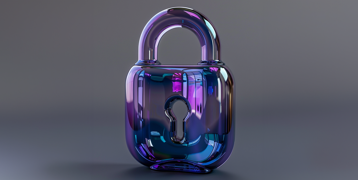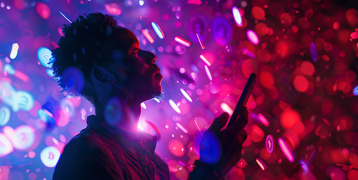Published 27 May 2024
AI and NFTs: Revolutionizing Digital Art and Collectibles
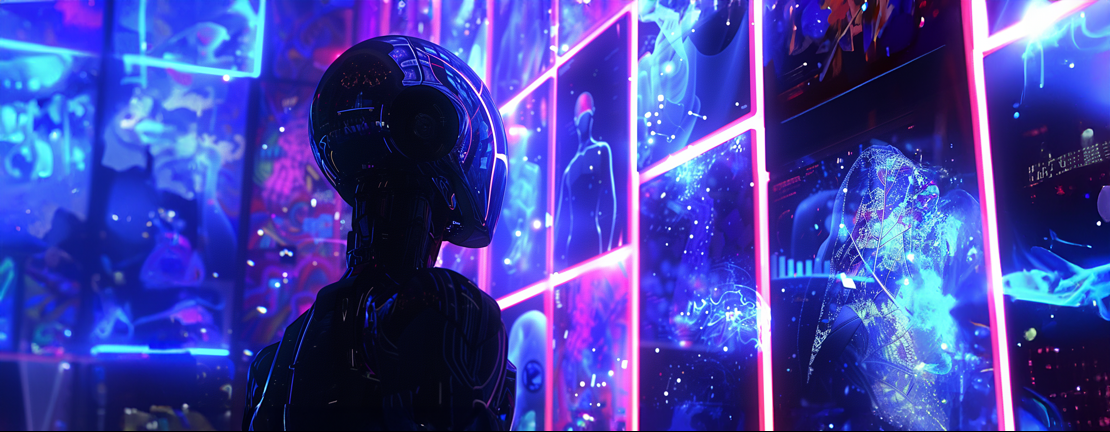
Artificial intelligence (AI) and non-fungible tokens (NFTs) are two transformative technologies that have been reshaping the digital landscape in recent years. AI refers to the ability of machines to perform tasks that typically require human intelligence, such as learning, problem-solving, and decision-making. NFTs, on the other hand, are unique, non-interchangeable digital assets stored on a blockchain, which can be used to represent ownership and authenticity of various items, including digital art and collectibles.
The convergence of AI and NFTs is now revolutionizing the digital art and collectibles market, opening up new possibilities for creators, collectors, and enthusiasts alike. In this article, we will explore the growing impact of AI and NFTs on the digital art and collectibles market and discuss the potential synergies between these two innovative technologies.
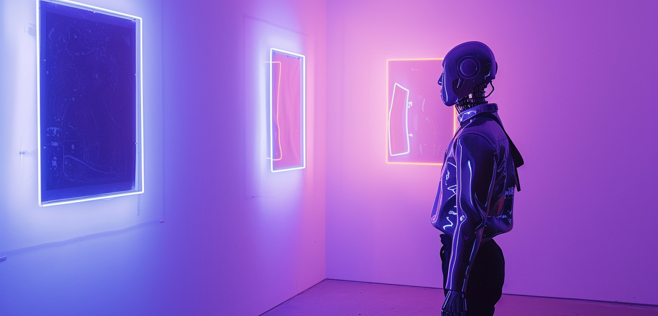
The Rise of AI-Generated Creations
AI-generated creations have been capturing the attention of the art world and the general public, as they offer a unique blend of human and machine creativity. The history of AI-generated creations can be traced back to the 1960s when artists and computer scientists first started experimenting with algorithmic designs. However, it was not until the recent advancements in deep learning and neural networks that AI-generated creations truly gained momentum and recognition.
Notable artists, projects, and platforms in the AI-generated creations space include:
- Harold Cohen
A pioneering artist who developed the "AARON" program in the 1970s to generate original drawings and paintings.
- The "Portrait of Edmond de Belamy" by the French art collective Obvious
It became the first AI-generated artwork to be sold at a major auction house (Christie's) in 2018.
- Trevor Jones
A digital artist who collaborates with AI to create unique and visually striking pieces.
- Midjourney
An AI-powered platform that generates stunning and imaginative landscapes and environments based on user input.
- DeepArt
A platform that allows users to transform their photos into AI-generated designs in the style of famous artists or art movements.
- DALL-E
An AI model developed by OpenAI that can generate images from natural language descriptions.
AI-generated creations offer several unique characteristics and potential benefits, including:
- Creativity and novelty
AI-generated creations can push the boundaries of traditional artistry by exploring new forms, styles, and techniques that may not have been conceived by human artists alone.
- Scalability and accessibility
AI-generated creations can be produced and distributed more efficiently and at a lower cost than traditional art, making them more accessible to a wider audience.
- Collaboration between humans and AI
AI-generated creations can foster a new form of creative collaboration between humans and machines, where each party brings its unique strengths and perspectives to the creative process.
As AI-generated creations continue to evolve and gain recognition, they are poised to have a significant impact on the digital art and collectibles market.
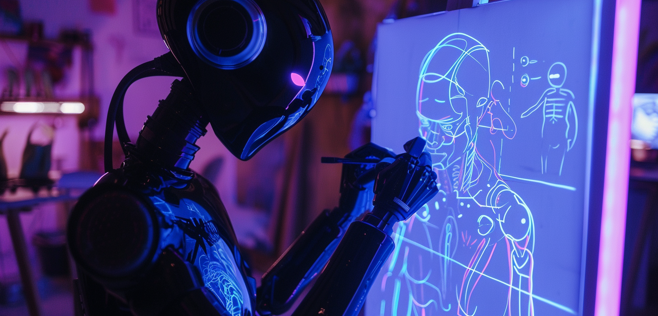
NFTs and the Tokenization of Digital Art and Collectibles
Non-fungible tokens (NFTs) have emerged as a groundbreaking solution for the digital art and collectibles market, addressing long-standing challenges related to ownership, authenticity, and value. NFTs are unique, non-interchangeable digital assets stored on a blockchain, which can be used to represent ownership and authenticity of various items, including digital creations and collectibles.
Here are some key aspects of NFTs and their role in the digital art and collectibles market:
- Proof of ownership and authenticity
NFTs provide a tamper-proof, verifiable record of ownership and provenance for digital creations and collectibles, ensuring that creators and collectors can trust the authenticity of their assets.
- Scarcity and value
NFTs enable the creation of truly scarce digital assets, as each NFT is unique and cannot be replicated or divided. This scarcity, combined with the ability to verify ownership and authenticity, can contribute to the value and desirability of digital creations and collectibles.
- Royalty and revenue-sharing mechanisms
NFTs can be programmed to include royalty and revenue-sharing mechanisms, ensuring that creators and other stakeholders receive a fair share of the value generated by their digital assets, even in secondary market sales.
Popular NFT platforms and projects in the digital art and collectibles space include:
- OpenSea
A decentralized marketplace for buying, selling, and discovering NFTs, including digital art, collectibles, and more.
- NBA Top Shot
A blockchain-based platform that allows fans to collect, trade, and own officially-licensed, limited-edition NBA moments and highlights as NFTs.
- CryptoPunks
A collection of 10,000 unique, algorithmically-generated digital characters, which have become highly sought-after and valuable NFTs in the digital art and collectibles market.
NFTs are revolutionizing the way we create, collect, and value digital assets, and their impact on the digital art and collectibles market is only just beginning.
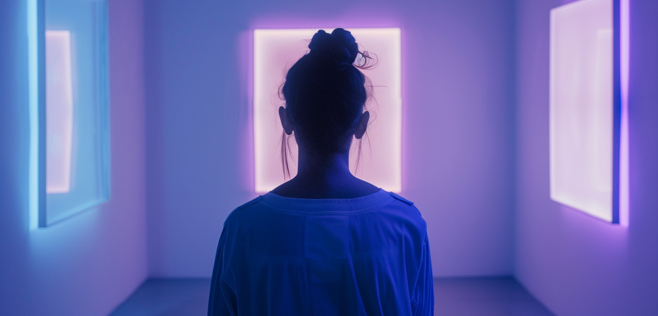
AI and NFTs: A Synergistic Relationship
The convergence of artificial intelligence (AI) and non-fungible tokens (NFTs) is opening up new possibilities and opportunities in the digital art and collectibles market. By leveraging the unique strengths and capabilities of both technologies, we can witness the emergence of innovative solutions and business models that benefit creators, collectors, and enthusiasts alike.
Here are some potential synergies between AI and NFTs in the digital art and collectibles market:
- AI-generated NFT art and collectibles
AI-generated creations can be tokenized as NFTs, providing a new avenue for artists, designers, and developers to monetize their work and reach a wider audience. NFTs can also ensure the authenticity and scarcity of AI-generated creations, further enhancing their value and desirability.
- AI-powered NFT marketplaces and curation tools
AI can be used to develop intelligent, user-friendly NFT marketplaces and curation tools that help creators, collectors, and enthusiasts discover, evaluate, and transact in digital art and collectibles. AI-powered algorithms can analyze various data points, such as market trends, social media sentiment, and historical performance, to provide personalized recommendations and insights.
- AI-enhanced NFT valuation and pricing models
AI can be employed to develop more sophisticated and accurate valuation and pricing models for NFTs, taking into account factors such as rarity, provenance, and market demand. These models can help creators, collectors, and investors make more informed decisions and contribute to a more efficient and transparent digital art and collectibles market.
However, integrating AI and NFTs also presents potential challenges and limitations that need to be addressed:
- Intellectual property and ownership issues
The use of AI in generating digital art and collectibles raises questions about the ownership and intellectual property rights of the resulting creations. Clear guidelines and legal frameworks are needed to protect the interests of all parties involved.
- Ethical and moral considerations
The use of AI in the digital art and collectibles market may also give rise to ethical and moral concerns, such as the potential for AI-generated creations to replace or devalue human-made art, or the impact of AI-driven marketplaces on the cultural and artistic landscape.
- Market manipulation and fraud
The combination of AI and NFTs can create new opportunities for market manipulation and fraud, as bad actors may exploit AI-powered algorithms or create fake AI-generated NFTs to mislead buyers and artificially inflate prices.
Addressing these challenges and limitations is crucial for unlocking the full potential of the synergies between AI and NFTs in the digital art and collectibles market.
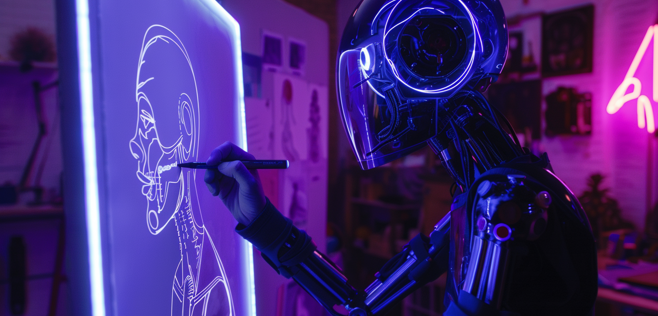
Case Studies: AI and NFTs in Action
The integration of artificial intelligence (AI) and non-fungible tokens (NFTs) is gaining traction in the digital art and collectibles market. To better understand the potential and impact of this convergence, let's explore a few notable case studies:
- The "Portrait of Edmond de Belamy" by Obvious
In 2018, the French art collective Obvious made history by selling the "Portrait of Edmond de Belamy," an AI-generated artwork, for $432,500 at Christie's auction house. The artwork, created using a Generative Adversarial Network (GAN), showcases the potential of AI in producing visually captivating and valuable digital creations.
- The "GAN-generated NFTs" by Trevor Jones and Alotta Money
Collaborating with the AI artist Alotta Money, the renowned digital artist Trevor Jones created a series of GAN-generated NFTs called "The Bitcoin Angel." The series features a blend of AI-generated and human-made elements, highlighting the potential for synergy between AI and human creativity in the NFT space.
- The "AI-curated NFT marketplace" by SuperRare
SuperRare, a popular NFT marketplace for digital art, has implemented AI-powered curation tools to help users discover and evaluate new artwork. By analyzing various data points, such as market trends and social media sentiment, these tools can provide personalized recommendations and insights, enhancing the user experience and fostering a more vibrant digital art community.
These case studies demonstrate the exciting possibilities and benefits that can arise from the integration of AI and NFTs in the digital art and collectibles market.
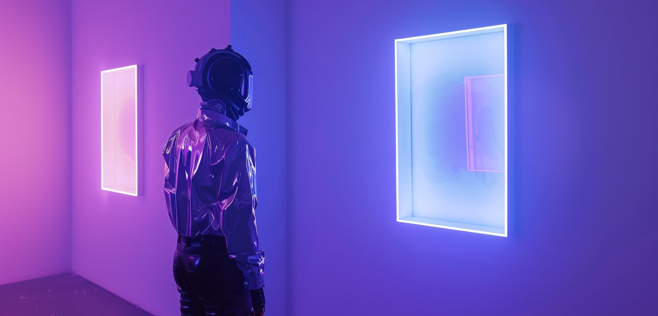
The Future of AI and NFTs in the Digital Art and Collectibles Market
The convergence of artificial intelligence (AI) and non-fungible tokens (NFTs) is still in its early stages, and the potential for future developments and innovations is immense. As these technologies continue to evolve and mature, we can expect to see a range of exciting new applications and opportunities in the digital art and collectibles market.
Here are a few potential future developments and innovations in the intersection of AI and NFTs:
- Virtual and augmented reality (VR/AR) experiences
The integration of AI and NFTs with VR/AR technologies could lead to the creation of immersive, interactive digital art and collectibles experiences. Users could explore and engage with AI-generated creations in a virtual environment, or even overlay them onto the real world using AR.
- AI-generated NFT-based games and metaverses
AI-generated NFTs could be used as the foundation for new types of games and virtual worlds, where users can collect, trade, and interact with unique, AI-generated digital assets. These metaverses could be dynamic and ever-evolving, as AI algorithms continuously generate new content and experiences.
- Cross-platform and cross-chain interoperability
As the NFT ecosystem continues to grow and diversify, the need for seamless integration and interoperability between different platforms and blockchain networks will become increasingly important. AI-powered solutions could be developed to streamline the process of transferring, managing, and trading NFTs across multiple platforms and blockchains.
To stay informed and engaged in the ongoing conversation around AI and NFTs in the digital art and collectibles market, be sure to follow industry news, attend relevant events and webinars, and connect with other professionals and enthusiasts in the space. By staying up-to-date and actively participating in the discussion, you'll be well-positioned to capitalize on the exciting opportunities that lie ahead.
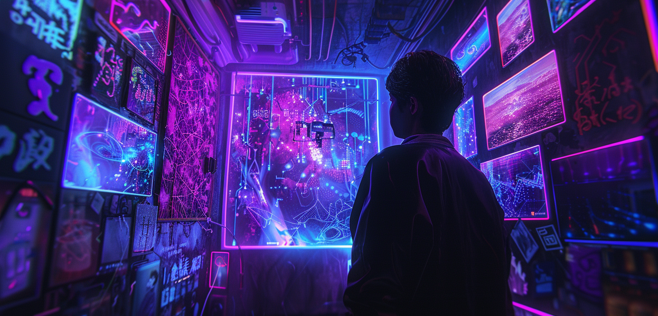
Conclusion
Artificial intelligence (AI) and non-fungible tokens (NFTs) are transforming the digital art and collectibles market, offering new opportunities for creators, collectors, and enthusiasts alike. The synergies between these two innovative technologies have the potential to revolutionize the way we create, collect, and experience digital art and collectibles.
As the intersection of AI and NFTs in the digital art and collectibles market continues to evolve, we encourage you to share your thoughts, experiences, and insights. By engaging in the conversation and staying informed, you can contribute to the growth and development of this dynamic and exciting space.
Read More




 Get RateX Pro
Get RateX Pro
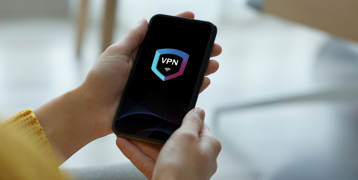
 25 Apr 2024
25 Apr 2024